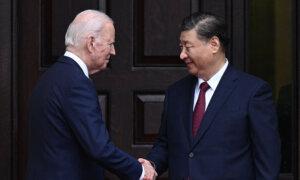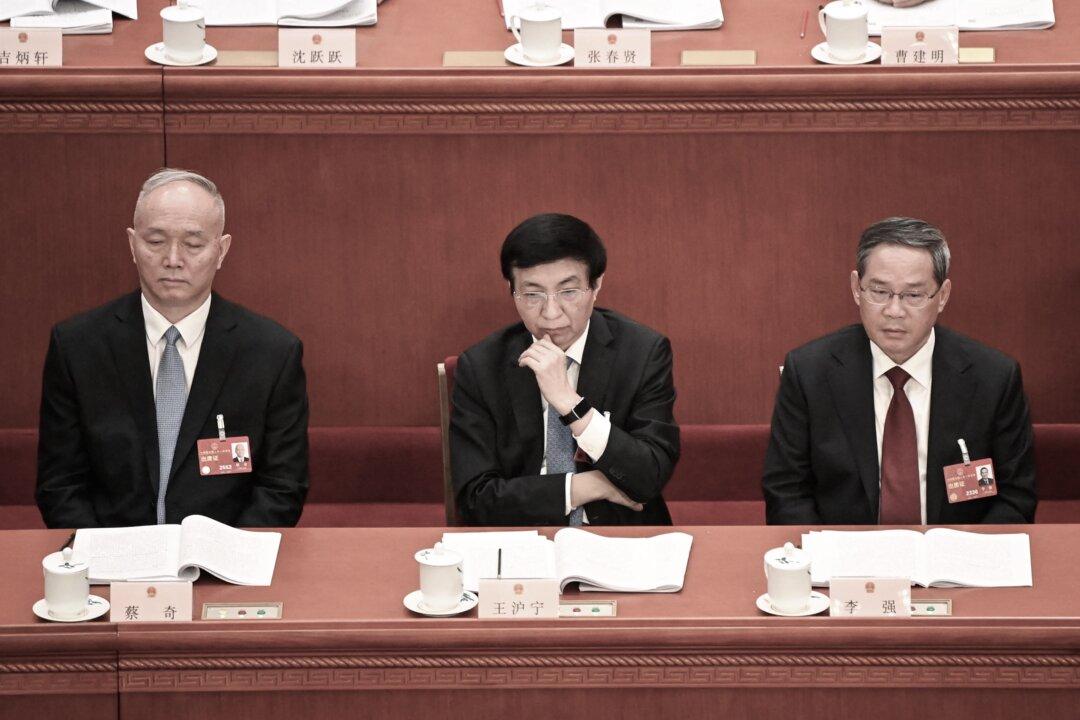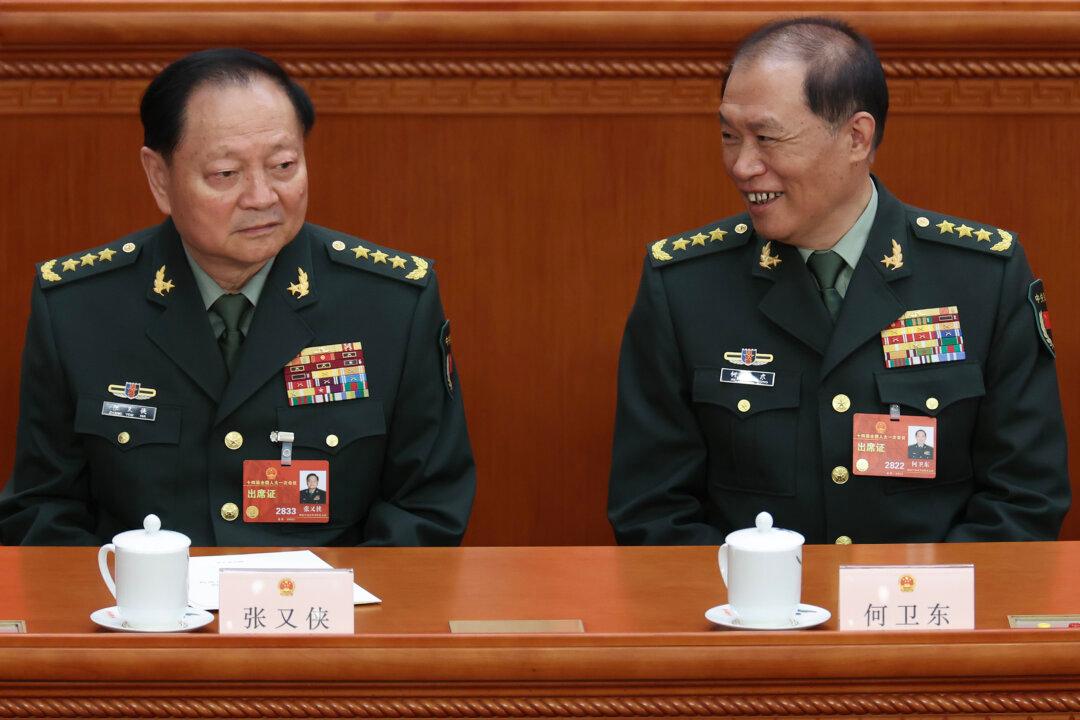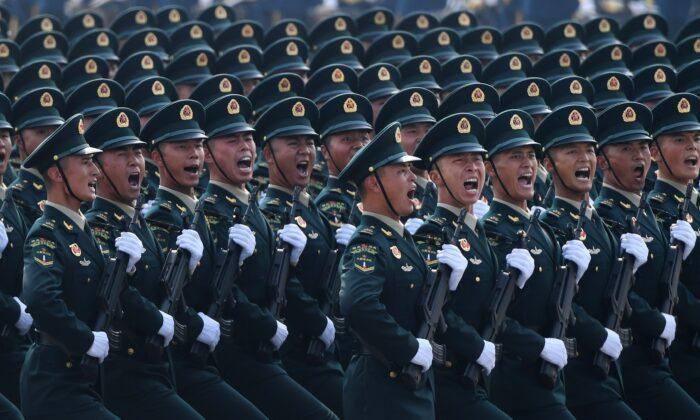In a significant trade policy shift, Mexico last month imposed temporary import tariffs on over 500 product categories, with levies ranging from 5 to 50 percent. The action affects countries with which Mexico lacks formal trade agreements. Analysts view it as an effort to close market loopholes and indirectly target policies associated with China. The geopolitical and economic backdrop renders Mexico’s measures both strategic and inevitable, they say.
On April 22, the Mexican government issued a decree detailing the new tariffs on 544 product categories, impacting a diverse array of products including steel, aluminum, textiles, wood, footwear, plastics, chemicals, paper, cardboard, ceramics, glass, electrical items, transportation materials, musical instruments, and furniture. The decree, effective April 23, will remain in force for two years. It does not affect nations within Mexico’s network of trade agreements, including the United States, Canada, the European Union, Australia, Japan, Chile, and Vietnam.
This adjustment follows a previous increase in import tariffs announced on Aug. 15, 2023, targeting similar categories such as steel and aluminum, with tariffs set between 5 and 25 percent.
Speaking at a Council of the Americas event on April 23, Mexico’s minister of economy Raquel Buenrostro said the primary aim of the new measures is to “prevent unfair competition” affecting domestic industries. She highlighted an influx of “undervalued,” very-low-priced imports that undercut local production. Those imports come primarily from non-trade agreement countries, predominantly in Asia. Although China was not explicitly mentioned, the context made clear that it plays a significant role in these concerns.
Mexico’s government further clarified that the initiative seeks to bolster the competitiveness of vulnerable industrial sectors, ensuring they remain robust amid global economic pressures.
Curtailing China’s Economic Influence
Speaking to The Epoch Times, Mike Sun, a North American investment strategist, said he believes the recent tariffs are particularly directed at mitigating China’s economic influence. This perspective aligns with prior accusations by the United States, which has criticized China for dumping goods below production cost, thereby distorting global market prices.Under the United States–Mexico–Canada Agreement (USMCA) the three countries enjoy highly favorable tariff policies.
Since the onset of the U.S.–China trade war, China has taken advantage of those favorable policies, increasingly utilizing Mexico as a conduit for Chinese products to enter the U.S. market.
In testimony to Congress on April 17, U.S. Trade Representative Katherine Tai highlighted the impact of China’s policies and practices, which she said “have devastated many working communities and industries across our country.” She cited the steel, aluminum, solar panel, battery, electrical vehicles, and critical minerals industries as examples.
Mexico has emerged as a key nearshoring player, as Chinese companies aim to relocate production facilities from China closer to the United States to take advantage of low labor costs and proximity to the United States market.
China ranks as Mexico’s second-largest trading partner. According to the United Nations Comtrade database, in 2023 China exported goods worth $81.5 billion to Mexico and imported $18.7 billion. Key exports from China include electronic components, kitchen utensils, and motor vehicle parts, while Mexico primarily exports crude oil, electrical equipment, and medical instruments to China.
Data from market analytics platform Xeneta indicates a significant increase in container transport volume between China and Mexico—it grew by 34.8 percent in 2023, a stark contrast to the 3.5 percent growth observed in 2022.
Mr. Sun suggested that Mexico’s tariff measures are clearly aimed at China, especially in the aftermath of the trade war initiated by former U.S. President Donald Trump.
According to Mr. Sun, there has been a notable surge in Chinese goods entering Mexico, intended for re-export to the U.S. market to exploit the tax-exempt status offered by the USMCA agreement.
Sidestepping US Tariffs
As the U.S.–China trade conflict persists, Mexico has increasingly served as a pivotal trans-shipment hub allowing Chinese products to bypass U.S. tariffs. The role has prompted numerous Chinese companies to establish manufacturing operations in northern Mexico’s industrial parks.Chinese enterprises set up factories in Mexico not just to save on shipping costs, but because products made in those facilities can be labeled “made in Mexico.” The designation allows them to circumvent the tariffs the United States has imposed on Chinese imports amid ongoing trade tensions.
Shifting Dynamics
Events this year have highlighted the shifting dynamics between Mexico, the United States, and China.On April 18, Mexican economic minister Raquel Buenrostro met with Zhang Run, the Chinese ambassador to Mexico. During the meeting, according to Chinese state media Xinhua News, Ms. Buenrostro affirmed Mexico’s openness to Chinese investments, emphasizing the nation’s economic incentives to strengthen supply chains and support national industrial policies.
However, four days after the diplomatic engagement, Mexico announced its surprise amendment to the General Import and Export Tax Law, effective immediately, with hundreds of tariffs that would directly affect Chinese products.
In March, in a hint of what was to come, Mexico responded to an anti-dumping investigation by imposing tariffs of 3.68 to 12.35 percent on Chinese steel grinding balls and nails and a temporary compensatory duty of up to 31 percent. The investigation concluded that the steel grinding balls were imported to Mexico under dumping conditions.
The Mexican government has also allegedly adjusted its stance toward Chinese automobile manufacturers.
This policy shift came after pressure from the office of the United States Trade Representative (USTR), which has insisted that Chinese car manufacturers be excluded from the trade benefits available under the USMCA. The USTR’s stance is based on concerns that Chinese automotive companies have been exploiting Mexico as a gateway to sell inexpensive electric vehicles on the U.S. market without incurring the standard 25 percent U.S. tariff.
Analyst: Tariff Increase Was Almost Inevitable
Wang He, a U.S.-based political analyst and China observer, told The Epoch Times that Mexico plays a unique role in the global economic landscape.“As a neighboring country to the U.S. and a participant in the USMCA, Mexico finds itself at a critical juncture, especially with the U.S. spearheading efforts to restructure the global supply chain. This position affords Mexico a historic opportunity to redefine its role and leverage in the international market,” Mr. Wang said.
According to Mr. Wang, the United States, as the world’s largest importer, wields considerable influence over the structure of global trade. As the U.S.–China rivalry escalates, Washington is determined to cut off the route for China to sidestep U.S. tariffs. The USMCA serves as a crucial instrument in this strategy. The three nations will review the agreement in 2026, therefore it’s in Mexico’s best interest to maintain a united stance with the United States, he said.
“Given the current circumstances, it is almost inevitable that Mexico will impose tariffs,” Mr. Wang said. “Mexico is increasingly recognizing its geo-economic value, and it needs to play this card well.”
Mr. Wang also pointed out the disadvantages faced by the CCP in light of the USMCA and China’s status as a non-market economy.
“China’s position in the global economy is quite passive, unless Sino-U.S. relations improve and move toward cooperation rather than competition. With the U.S. globally blocking the CCP, in this major trend, Mexico has no choice but to stand with the U.S.,” he said.








